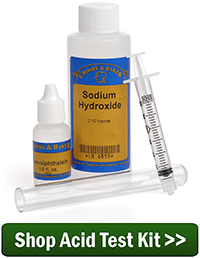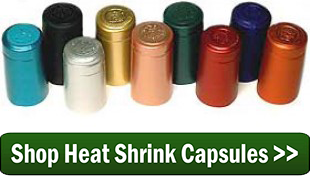 I seem to have a problem making mead. It starts off with an SG [specific gravity] of 1.100 and over a period of 3 days, during primary fermentation it drops to 1.060 and seems to stop. I think that the fermentation has just slowed down and rack it into a secondary fermenter and install an air lock. I rack it a month later and the SG is 1.040. Now it has been three months and the SG is 1.030. Is this normal? Why is it my mead will not ferment?
I seem to have a problem making mead. It starts off with an SG [specific gravity] of 1.100 and over a period of 3 days, during primary fermentation it drops to 1.060 and seems to stop. I think that the fermentation has just slowed down and rack it into a secondary fermenter and install an air lock. I rack it a month later and the SG is 1.040. Now it has been three months and the SG is 1.030. Is this normal? Why is it my mead will not ferment?
Thanks Sam
—–
Hello Sam,
Turning honey into alcohol can sometimes be a difficult task for a wine yeast. This is due mostly to the complexity of some of the sugars contained within the honey, but some of it is also due to the set of nutrients that the honey provides to the wine yeast. Both are issues as to why your mead will not ferment, and both need to be addressed.
Honey has simple sugars as well as complex sugars and everything in between. This is true with all fruits as well, but typically not to the degree as with honey. Simple sugars are easily metabolized by the yeast into alcohol, but complex sugars are not so easily fermented. A complex sugar is a chain of simple sugars that are bound together on a molecular level. These long chains must first be broken apart before they can be metabolized into alcohol by the wine yeast.
Enzymes are produced by the yeast during a fermentation that will help to break down the complex sugars, but often in the case of honey, it is not enough enzyme to keep the fermentation going in a timely manner.
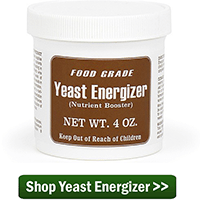 Honey has all different lengths (complexities) of sugar chains. So what happens as the fermentation begins, the wine yeast start off by consuming the simplest sugars first — the lowest hanging fruit — so to speak. As the simple sugars are depleted the yeast move on to the next easiest sugars and so on until there is nothing left but the most complex, longest chains of sugars.
Honey has all different lengths (complexities) of sugar chains. So what happens as the fermentation begins, the wine yeast start off by consuming the simplest sugars first — the lowest hanging fruit — so to speak. As the simple sugars are depleted the yeast move on to the next easiest sugars and so on until there is nothing left but the most complex, longest chains of sugars.
This is what has happened with your fermentation. It started off just fine as it began its way metabolizing the simplest sugars, but when the remaining sugars became nothing but the most complex it became too much of a burden for the wine yeast. The enzymes that the yeast were able to produce were not enough to keep the fermentation going at a reasonable rate. All the yeast was able to do was nibble at the remaining long chains of sugar as it slowly produced the enzymes.
So what can you do? Your only defense is to make sure your yeast stays as healthy as possible by providing it with all the nutrients it needs. This will help the yeast to more readily produce enzymes. Many mead recipes will call for nutrients at the beginning of the fermentation. The trouble is that these nutrients will have long been consumed by the time the yeast get to the difficult part of the fermentation.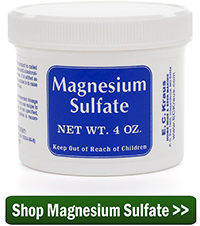
At this point, I would recommend adding 1/2 teaspoon ofYeast Energizerfor each gallon of mead. This should give the yeast a kick-start. Ifmagnesium sulfatewas not called for by the mead recipe, then I would recommend adding it as well at the rate of 1/4 teaspoon per 5 gallons.
Sam, in the future I would make sure that you add both of these at the beginning of the fermentation – regardless of what the recipes says. And if the fermentation starts to slow down at some point, be prepared to add a second dose of yeast energizer.
I hope this have given you some insight as to why sometimes a mead will not ferment. If you would like more information about making mead, you may want to take a look at the article,Making Wine With Honeythat is listed on our website. It has some more insights to fermenting honey along with a few mead recipes.
Best Wishes,
万博官网登录网页
—–
Ed Kraus is a 3rd generation home brewer/winemaker and has been an owner of E. C. Kraus since 1999. He has been helping individuals make better wine and beer for over 25 years.

 Hello Kraus,
Hello Kraus,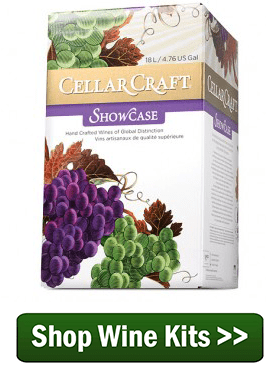
 Making your own
Making your own
